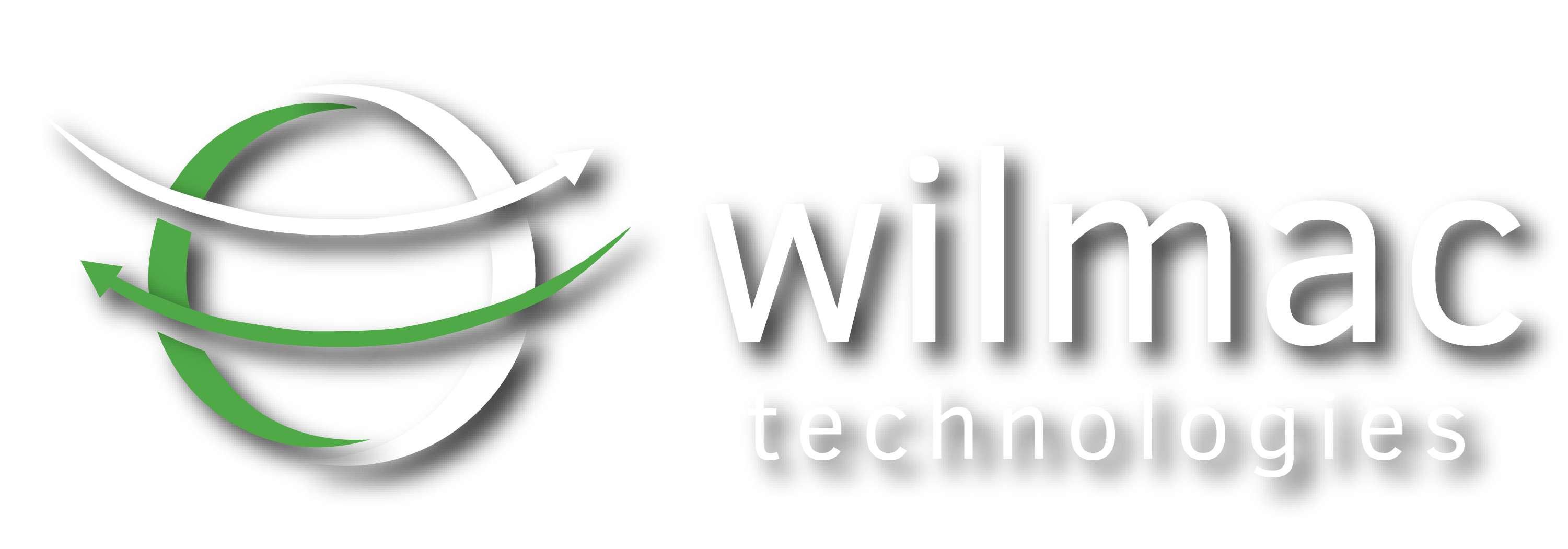What is Resiliency & Redundancy?
Resilient and redundant recording in communications ensures the uninterrupted flow of information. Resiliency is the ability of systems to withstand and continue to perform after damage or loss of infrastructure, while redundancy is achieved through the duplication of services. In a sentence, resiliency and redundancy enable the continuity of communication through alternative methods when primary communications capabilities suffer damage.
This concept is becoming a stronger topic of enforcement through Next Generation 911. Let’s take a look at these concepts separately and then discuss how they work together when it comes to recording in public safety.
What is Redundancy?
A redundant recording system ensures that there is back-up to your primary communications system. In many scenarios like natural disasters or large-scale emergencies that could potentially cause outages to the communications infrastructure, a redundant system ensures no single point of failure. Instead, a redundant system would ensure that there is a second site that captures and stores backup recordings for the other site.
An example of why there is a need for having a redundant system is back in 2005 during Hurricane Katrina. Much of the communications infrastructure in the Gulf Coast region was heavily damaged or destroyed due to Hurricane Katrina, making emergency communications difficult or impossible for a period of time. Utilizing geodiversity for redundant recording puts a backup server in a separate location in this instance. But, it is critical that all agencies involved know what those backup systems are and how they will be notified to switch to the backup system so communication can be maintained.
The City of Phoenix employs a solution that is configured for geographic redundancy, meaning that one of sites captures and stores backup recordings for the other site. This solution covers seven different precincts, so their redundant system ensures that there is no single point of failure that would put critical voice recordings at risk. The parallel recording also prevents interruptions during routine software updates.
What is Resiliency?
Resiliency isn’t about redundancy or backing up your interactions or replicating them. Instead, it’s about ensuring your recording system has a back-up plan for when it unexpectedly stops recording.
The biggest danger from not having a resilient recording system is being unable to retrieve certain recordings that are key to an investigation. Your recorder could potentially stop recording (without you knowing) when something like an operating system update that contained a bug, or a hardware fault impacts the system. Hardware faults can include things like power supplies or storage devices like hard disk drives, which can fail over time.
When a fault like that happens, any calls in progress immediately stop recording and may be irretrievably corrupted. During reboot, calls stop being recorded and even after a reboot, the system still may not function properly. Also, until the bug is eliminated or the hardware is replaced, you may not have any recording or search and replay capabilities.
A resilient system has more than one power supply to mitigate that risk, along with more than one drive working in parallel. It can also have a monitoring system in place that will let you know if or when something happens to the recorder. In this case, if components in a single recorder fail, this means the system should continue to function.
What Does a Resilient & Redundant System Look Like?
In the mission-critical environment of the PSAP, it is critical to have both a resilient and redundant system to ensure that no natural disaster, hardware fault, or other unforeseen circumstance impacts the responsiveness of your PSAP. Recording resiliency ensures no issues stop communications from being recorded, while recording redundancy allows for a backup site to capture and store recordings.
Having recording resiliency and redundancy continues to be a topic of discussion as large-scale emergencies threaten the public sector’s ability to maintain communications.
To effectively update your recording system to be both resilient and redundant, contact Wilmac Technologies >>
Menu
Contact
Rochester Headquarters
100 Chestnut St, Suite 1004
Rochester, NY 14604
New York City
345 7th Ave, Ste. 404,
New York, NY 10001
Toronto
5955 Airport Rd, Ste. 140,
Mississauga, Ontario L4V 1R9

